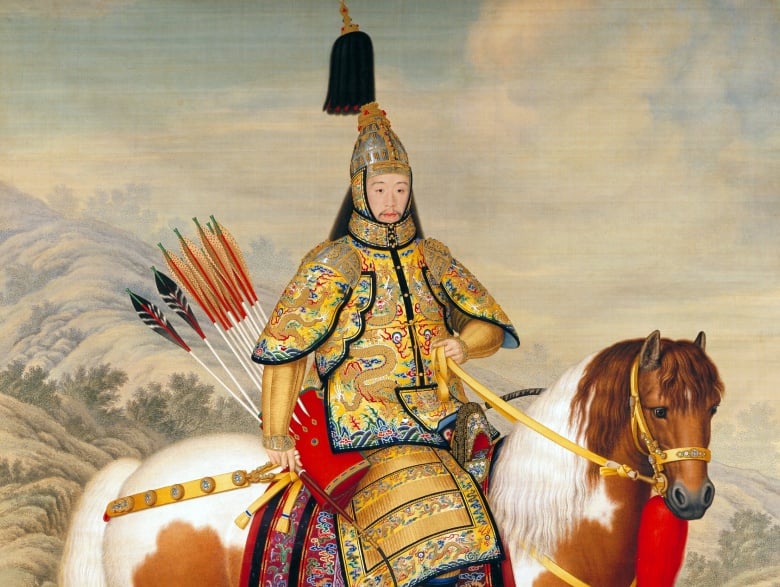From The National Interest:

The permanent court of arbitration (PCA) ruling from The Hague earlier in July once again has directed the world’s attention to a set of rocks and reefs in the South China Sea. One of the valuable roles of this ruling is to reinforce the notion that these features are indeed “rocks” and not “islands” that would have been entitled to an exclusive economic zone (EEZ). In theory, the resulting negotiations should now be considerably simpler.
However, in practice many see the future scope for a negotiated settlement as actually having become more complicated. That conclusion derives from the basic fact, well known to readers on this forum for realists that power remains the key arbiter of outcomes in world affairs and not international law. Such a world may be far from ideal, but that is the one we live in. In fact, China’s humiliation or “loss of face” (丢面子), when combined with heated nationalism at home and the gradually shifting military balance in the western Pacific, suggests that Beijing may lean ever more heavily on coercive tools in this dispute.
If an escalating situation in the South China Sea inaugurates a more alarming Cold War-type rivalry between Beijing and Washington, it is more than just academically interesting to wonder what form such a strategic competition might actually adopt. A spring 2016 article from the Chinese-language journal China’s Foreign Affairs (中国外交) may offer some hints regarding Beijing’s possible embrace of “dark arts” within such an escalating rivalry. The article, “Research on Wedge Strategies: Review and Evaluation” discussed in this edition of Dragon Eye is by author Ling Shengli, a scholar at the Foreign Affairs College (外交学院) in Beijing. There is reason to view the article as significant, since it was published earlier in the prestigious journal World Economics and Politics (世界经济与政治) and was supported by government research grants.
The article’s very first, crisp sentence illustrates the author’s analytical inclinations: “The struggle for power is the normal state of international relations.” (权利竞争是国际政治的常态). In a similarly straightforward tone, Ling states that a “wedge strategy” (楔子战略) is one that a state (or group of states) employs to block the formation of a potentially hostile alliance or to “separate, destroy, or collapse a hostile alliance that has already been formed. . . ” (分化, 破坏, 瓦解已经形成的敌对联盟). Above all, the author seems focused on “decreasing the possibility for containment.”
Like most Chinese international relations scholars, Ling demonstrates an impressive acquaintance with Western theorizing in this area. He, for instance, takes a special interest in the scholarship of Timothy Crawford among others. He also notes that “divide and rule” (分而治之) is one of many strategies discussed in Chinese classics of strategy, including by Sun Zi (or Sun Tzu as it is often spelled in Western translations). He explains that the Qing Dynasty emperor Kangxi successfully employed a wedge strategy to prevent a countervailing coalition, but dwells more on modern examples. Bismarck’s diplomacy at the time of German unification in the mid-nineteenth century receives especially high marks for the “continuous employment of the wedge strategy to forestall [Prussia’s] foremost opponents from uniting with other powers.”
In a fascinating section that must hit close to home, the author describes the Sino-Soviet split during the Cold War as “the most exemplary [case]” of a successful wedge strategy. Ling suggests that most scholarship on the Sino-Soviet dispute has focused on the divide between the two parties (CPSU and CCP), and has not paid adequate attention to the U.S. role in fostering the split—a role he claims is clearly revealed in now declassified U.S. documents.
Looking at the current environment, Ling contends that Washington continues to press wedge strategies against both Russia and China. In particular, he sees the United States promoting “colored revolutions” in regions bordering Russia and China....MORE